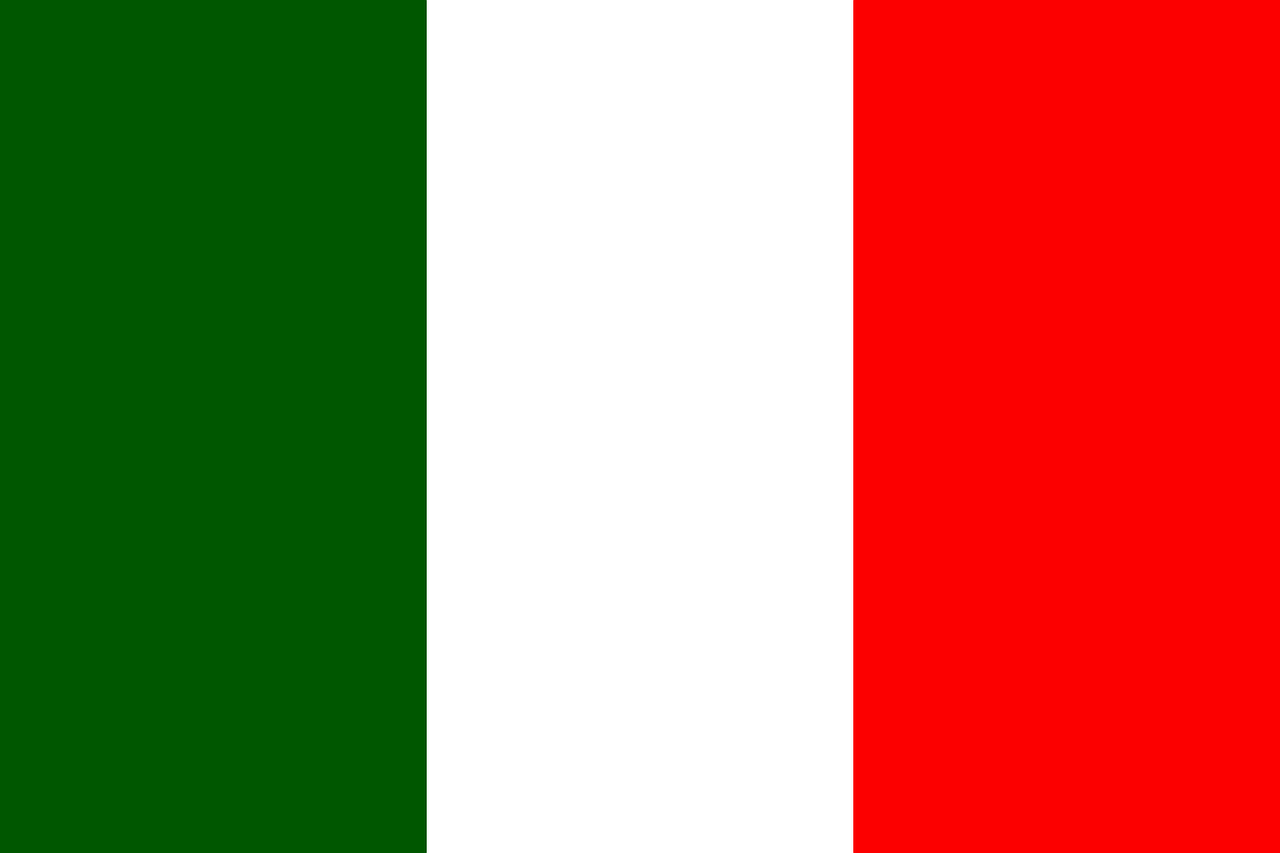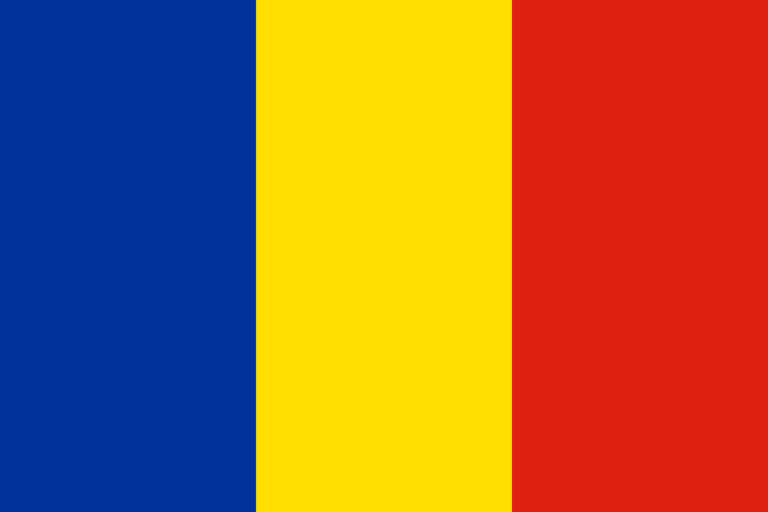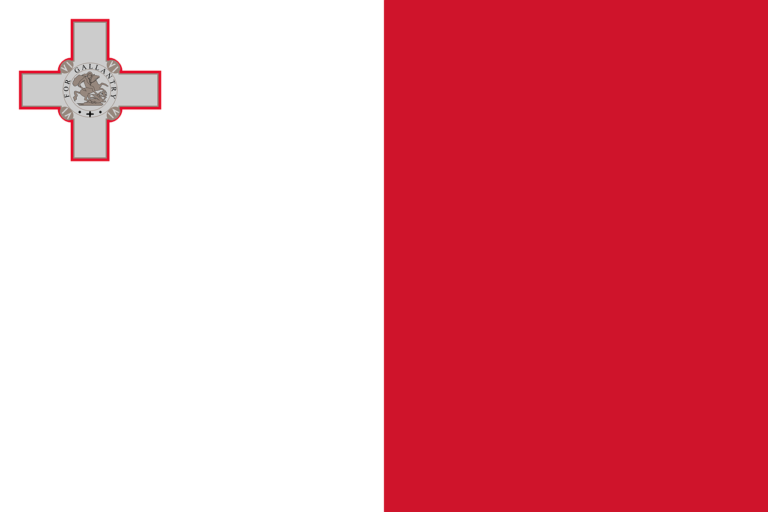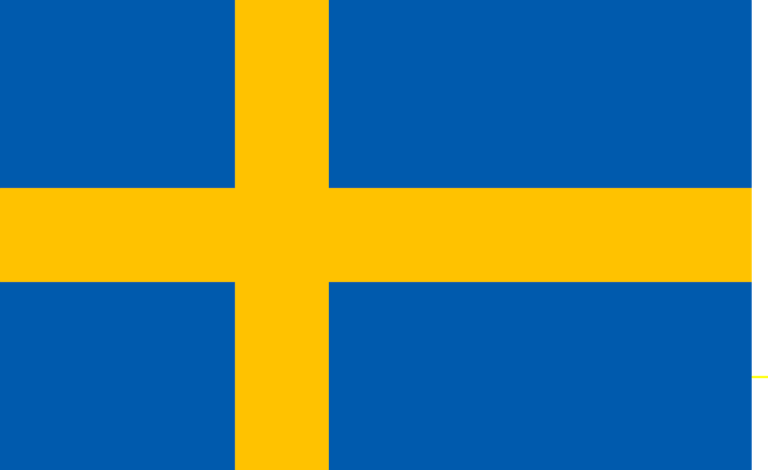Flags are not mere pieces of fabric; they symbolize a nation’s identity, history, and values. Among the world’s iconic flags, the Italian national flag, known as “Il Tricolore,” holds a special place. With its vibrant trio of green, white, and red stripes, the Italian flag reflects the rich cultural heritage and historical significance of Italy. In here, we will explore the captivating story behind the Italian national flag and its enduring importance to the Italian people.
 |
| Aspect | Information |
|---|---|
| Name | Flag of Italy |
| Design | Three vertical bands of equal width: green, white, red |
| Colors | Green, white, red |
| RGB Values | Green: 0, 146, 70; White: 255, 255, 255; Red: 206, 43, 55 |
| Hex Codes | Green: #009246; White: #FFFFFF; Red: #CE2B37 |
| Proportions | Ratio of width to length: 2:3 |
| Design History | Created in 1796; Officially adopted in 1948 |
| Symbolism | Green represents hope, white symbolizes faith, and red represents charity. These colors are also associated with the historical political movements of Italy. |
| National Flag Day | June 7th |
Please note that the RGB values and hex codes provided are approximate.
The Origins:
The Italian flag’s origins trace back to the late 18th century, coinciding with the emergence of the Italian tricolor flag movements. In an era when Italy comprised various independent states and kingdoms, each region had its own distinct flag. However, the concept of a unified Italian state gained traction as the ideals of liberty, equality, and fraternity from the French Revolution took hold.
The Birth of Il Tricolore:
The tricolor flag of Italy made its debut on January 7, 1797, in the city of Reggio Emilia. It was designed by three Italian patriots: Giovanni Battista De Rolandis, Luigi Zamboni, and a French diplomat named Jean-Baptiste Bernadotte, who later became King Karl XIV Johan of Sweden. The flag consisted of three vertical stripes of equal width, green, white, and red from left to right.
Symbolism and Meaning:
Each color of the Italian national flag carries its own symbolic significance. The green stripe represents hope, growth, and the Italian landscape. Italy is renowned for its picturesque countryside and fertile lands. The white stripe represents faith, purity, and the snowy peaks of the Italian Alps. Lastly, the red stripe symbolizes valor, strength, and the bloodshed of those who fought for Italian independence and unity.
Historical Significance:
The Italian flag witnessed numerous historic events that shaped the destiny of the Italian nation. During the Risorgimento, the Italian unification movement, the tricolor became a powerful symbol of unity and resistance against foreign domination. Prominent figures like Giuseppe Garibaldi and Count Camillo di Cavour rallied under the flag, leading to the unification of Italy in 1861.
Contemporary Importance:
To this day, the Italian national flag is a symbol of pride and national unity. The Italian flag proudly waves high in piazzas, government buildings, stadiums, and private homes across Italy, particularly during national holidays and sporting events. The tricolor flag unites Italians from various regions, reminding them of their shared history, language, and culture.
The Influence on Fashion and Design:
The iconic tricolor design has transcended its role as a national flag and has become a symbol of Italian fashion and design. The dynamic blend of green, white, and red has found its way into diverse fashion collections, accessories, and even luxury car designs, adding vibrancy and style to various industries. It represents Italy’s status as a global trendsetter and an epitome of style and elegance.
The Italian national flag, Il Tricolore, is an enduring symbol of Italy’s rich history, cultural heritage, and the struggles of its people for independence and unity. The flag’s three vibrant stripes of green, white, and red evoke a sense of national pride and identity among Italians worldwide. As Italy continues to evolve, the tricolor remains a powerful emblem that unites the nation and serves as a reminder of its remarkable journey toward unification and progress.





